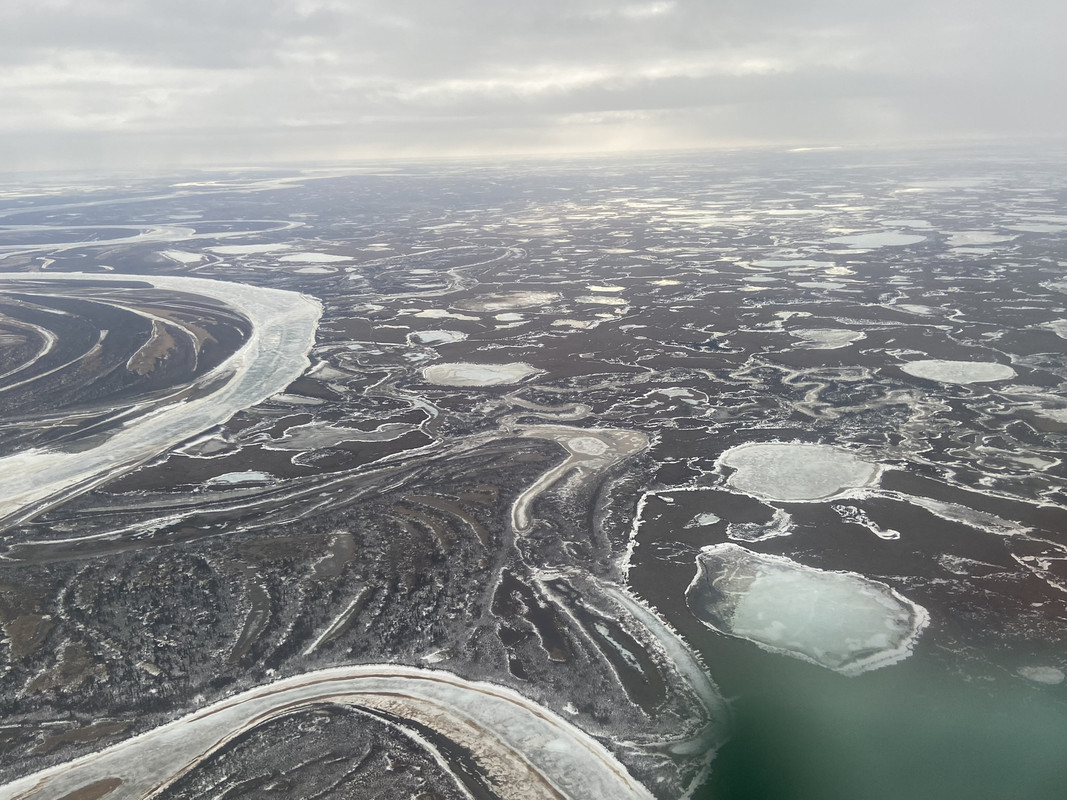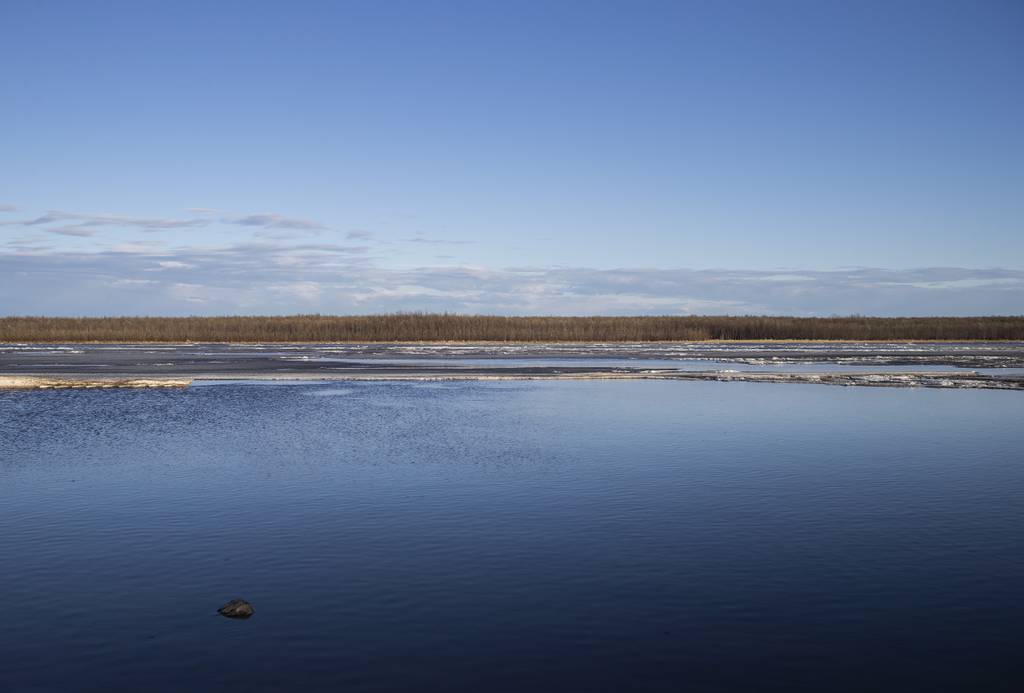Dutch Uncle
* Tertia Optio * Defend the Constitution
No doubt climate change is part of the problem but the major problem is twofold, IMO:Lake Mead, the reservoir formed by the Hoover Dam, has been in the news lately, thanks to multiple bodies being found there, as dropping water levels reveal parts of the lake that have been underwater since it was originally filled after the dam was built. The sheer magnitude of the decline is amazing. We're used to seeing lakes dry up where the lake was fairly shallow at the best of times. But Lake Mead is now about 162 feet below the level it was at as recently as 2000. The West is drying out, and while we might get some intermittent relief, climatologists predict that on average it'll just get worse and worse, thanks to our failure to curb greenhouse gases.
1. Population explosion. Not just California either.*
2. California tree hugger laws that prevent building more water reservoirs to accommodate the increases in population. The water has to come from somewhere and Lake Mead is “it”.
* https://www.ppic.org/publication/californias-population/
One in eight US residents lives in California.
With over 39 million people (according to July 2021 estimates), California is the nation’s most populous state—its population is much larger than that of second-place Texas (29 million) and third-place Florida (22 million).
California’s population is projected to reach 45 million people by 2050.






